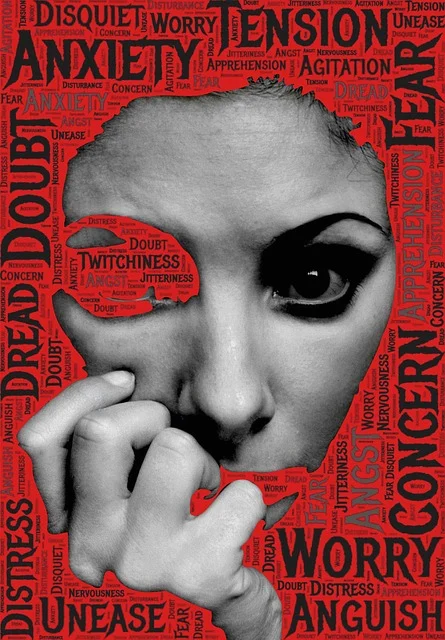Meta Description:
Learn what Obsessive–Compulsive Disorder (OCD) really is—including common symptoms, causes, and treatment options. Discover how to live with OCD and find support with this user-friendly guide.

What Is Obsessive–Compulsive Disorder (OCD)?
Obsessive–Compulsive Disorder (OCD) is a mental health condition marked by persistent, unwanted thoughts (obsessions) and repetitive behaviors or mental rituals (compulsions). These symptoms can interfere with daily activities, work, relationships, and overall well-being.
Common Misconceptions vs. Clinical OCD
Many people joke about being “a little OCD” when they like things tidy or organized. But OCD is more than a preference for cleanliness—it’s a chronic and distressing disorder that significantly disrupts a person’s life.
Example:
Liking a neat desk is not OCD. Repeatedly rearranging your desk for hours out of fear something bad will happen unless it’s “just right” may be.
OCD Symptoms: Obsessions and Compulsions

Obsessions: Intrusive Thoughts or Urges
- Fear of contamination or germs
- Intrusive thoughts about harming oneself or others
- Fear of making a mistake
- Need for symmetry or exactness
- Unwanted religious, sexual, or violent thoughts
Compulsions: Repetitive Behaviors or Mental Acts
- Excessive hand-washing or cleaning
- Checking (e.g., doors, locks, appliances) repeatedly
- Counting, tapping, or repeating words silently
- Arranging items in a specific order
- Seeking constant reassurance
These actions are not enjoyable—they are performed to reduce anxiety caused by obsessions.
What Causes OCD?
OCD is thought to be caused by a combination of:
- Genetics: Family history can increase risk.
- Brain Structure and Function: Differences in the brain’s circuits may contribute.
- Life Events: Trauma, abuse, or prolonged stress can trigger or worsen symptoms.
- Other Mental Health Conditions: Anxiety disorders, depression, and tic disorders may co-occur.
How OCD Affects Daily Life
Living with OCD can be exhausting and time-consuming. Individuals might spend hours performing rituals, struggle to concentrate at work or school, or avoid situations that trigger their obsessions.
Real-Life Example:
A college student with contamination fears may avoid public restrooms entirely, leading to pain, illness, or isolation.
How OCD Is Diagnosed
Diagnosis is made by a mental health professional using criteria from the DSM-5 (Diagnostic and Statistical Manual of Mental Disorders).
Assessment may include:
- Personal and family medical history
- Psychological evaluation
- Observations of thoughts and behaviors
- Rule-out of other mental health conditions
How to Treat OCD: Effective Options
OCD is treatable, and many people see significant improvement with the right approach.
1. Cognitive Behavioral Therapy (CBT)
The gold standard is a type of CBT called Exposure and Response Prevention (ERP), which helps individuals face their fears without performing compulsions.
2. Medications
- SSRIs (Selective Serotonin Reuptake Inhibitors) like fluoxetine or sertraline are commonly prescribed.
- Medication may take several weeks to show benefits.
3. Lifestyle Changes
- Regular exercise
- Healthy sleep habits
- Stress reduction techniques (yoga, meditation)
- Balanced diet
Coping Strategies for Living with OCD
- Create a structured daily routine
- Limit avoidance behaviors (face fears gradually with support)
- Educate family members to understand and reduce enabling behaviors
- Join support groups online or in your area
- Track triggers and progress in a journal



